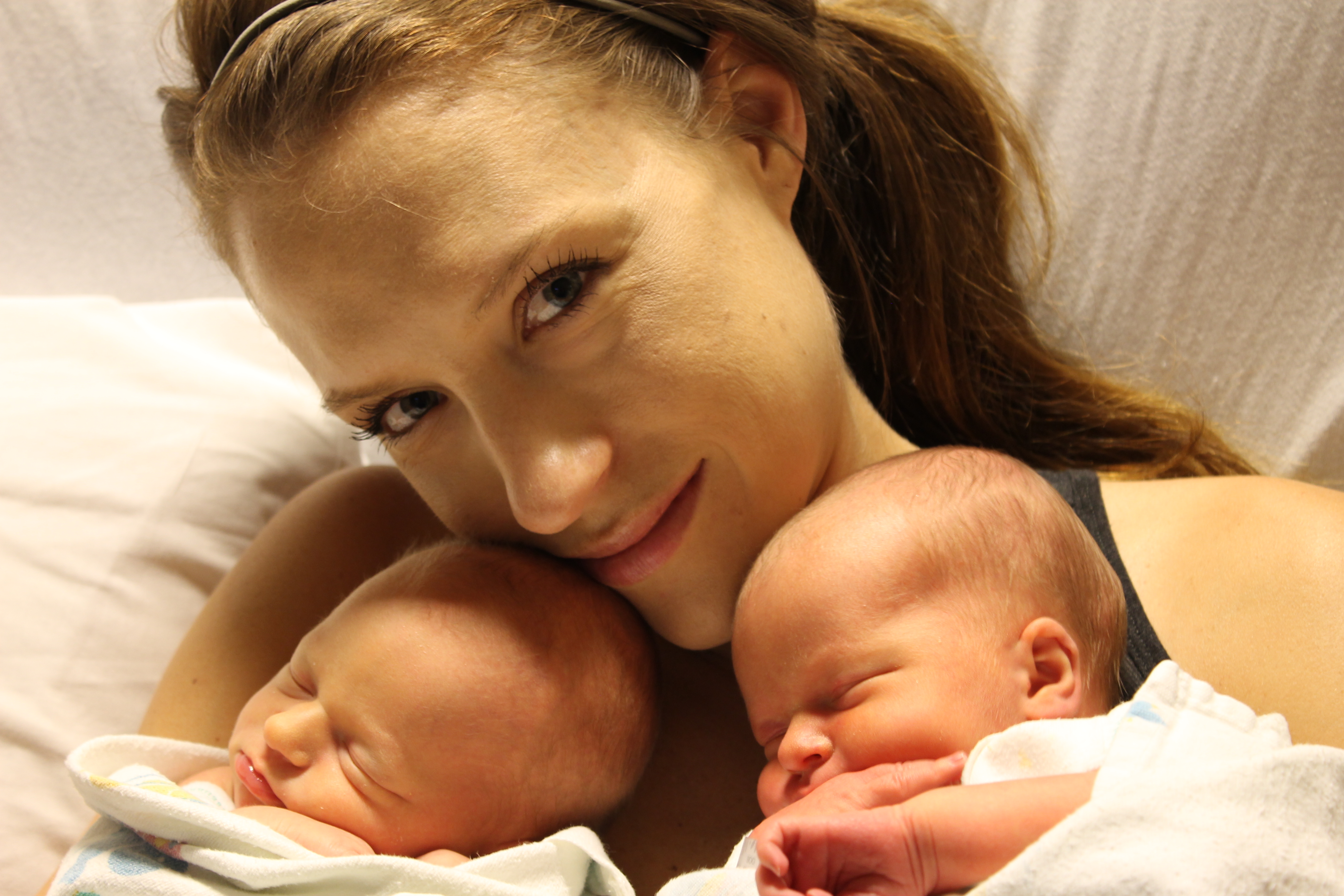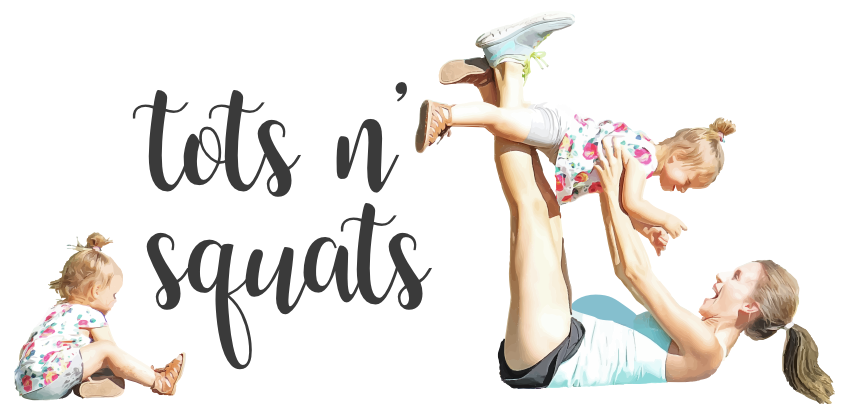
We all have our perfect “birth plan” in mind when we go in for delivery. But when things don’t go as planned, we must accept this and be grateful for a healthy baby! Both vaginal and caesarean births take a toll on our bodies (I was lucky enough to experience one of each! ;)) It is crucial that we make a strong effort to regain our core strength!
Caesarean sections are major surgery, but are not as scary or severe as some women may believe. The abdominal muscles themselves are not cut, the layers of the aponeurosis (fibrous tissue) are where the incision takes place. It is completely normal to feel discouraged after a c-section, but with patience and effort, you will regain your strength and reconnect to your core!
What happens to the abdominal muscles during pregnancy?
- Relaxin causes the abdominal muscles to go through an immense amount of stretching in all directions.
- Connective tissue within the muscles provides much of the elasticity.
- The linea alba under goes the biggest change. The linea alba is the connective tissue formed by the joining of the aponeurosis of the transverse abdominis and the oblique muscles.
- The left and right side of the recus abdominis separate down the middle to allow room for the growing uterus. This is known as diastisis recti.
Common experiences after c-section
- Pain, discomfort, difficulty when engaging transverse abdominis.
- Tingling, numbness, itchiness in incision area.
- Feelings of guilt for the birth not going as “planned.”
Is it more difficult for the muscles to recover after a caesarean?
- Although the muscles have not been cut, contracting and engaging the transverse abdominis may cause pain or discomfort and may be more challenging.
- Trapped air during surgery may cause pain so take it slow when recovering.
- It is important to exercise the transverse abdominis as soon as possible after delivery, if no serious pain is felt.
What do the muscles do after pregnancy?
- The recti muscles will slowly begin to realign starting about a week after delivery.
- The recovery time will depend on the size of your babies, carrying multiples, how many pregnancies you have had and how strong the muscles were prior to pregnancy.
- Exercises to help the rectus abdominis to shorten and come together will be very valuable.
Why is it so important to strengthen my transverse abdominis after delivery?
- It is important to work on engaging that transverse abdominis very soon after delivery.
- Transverse abdominis is a deep postural muscle that is critical for maintaining a strong core to stabilize your body.
- Weakening of this muscle can lead to postural problems, lack of stability and lower back pain.
- Pregnancy can result in weakness of the abdominals potentially causing postpartum instability of the pelvis and lower back.
- It is crucial to reconnect to your “core” prior to progressing with your fitness.
Where to start
- Navel to spine exercises should be practiced as much as possible and some say as soon as possible (check with your Doc!)
- This can be done laying in bed, sitting or standing. Best to practice in all three positions.
- To properly engage, sit or lay flat on back. Exhale while gently drawing your belly button back at the same time as gently drawing your pelvic floor upwards. Your abdominals are drawing gently inwards, but not pulling in hard. Both the transverse abdominis and pelvic floor are part of your core and they work together.
- When thinking of engaging your pelvic floor, think of the feeling of trying to stop urine while going to the bathroom.
- Hold this exercise for 10 seconds, release and repeat. Work your way up to holding for 30 seconds! I challenge you to try 3 sets every hour! 🙂
- Start walking for short periods of time and gradually increase. The blood flow will help speed up recovery (again, speak with your Doc to get the green light!)
What worked for me?
- Take it slow! When I took my pain medication, I didn’t feel any pain and I pushed myself a little to much too soon. It is worth being overly cautious!
- Get a belly band from your hospital. This was very beneficial for me while breastfeeding. Especially when I was getting out of bed during the night to nurse.
- When getting up from bed, try rolling onto your side first and using your upper body strength to lift you up. Or better yet, wake that hubby of yours for assistance 😉
- Make a goal to perform TvA and pelvic floor exercises every hour! Set a timer on your phone and perform sitting, laying on back and standing up. I always made a point of practicing this exercise while I was nursing my babies…which was pretty much all day every day for the first few months! It will pay off big time!
- Don’t try and be super mom and do it all. Accept help. Be careful when lifting, reaching for items in upper cupboards, closing the back of your car and any other movements that may cause strain or stress.
- Don’t jump in to a full fitness routine right away! I understand the urge to get fit again after pregnancy, but pushing too hard too soon will only prolong recovery and potentially set you back even further! Refrain from running, jumping and intense core work until you have healed from the inside out! Restore that pelvic floor first.
- Work in and work out! Work in by healing your body with fresh water and clean, healthy and real organic fruits, vegetables, lean meats, low fat dairy, nuts and seeds! Nourishing our cells will greatly help in the healing process.
- Be grateful for healthy babies, even if your “birth plan” did not work out the way you had planned.
**Make sure and consult with your Doctor to determine what plan of action is best for you! Every body is different and you must do what works best for YOU!
Kelly S & O xo


